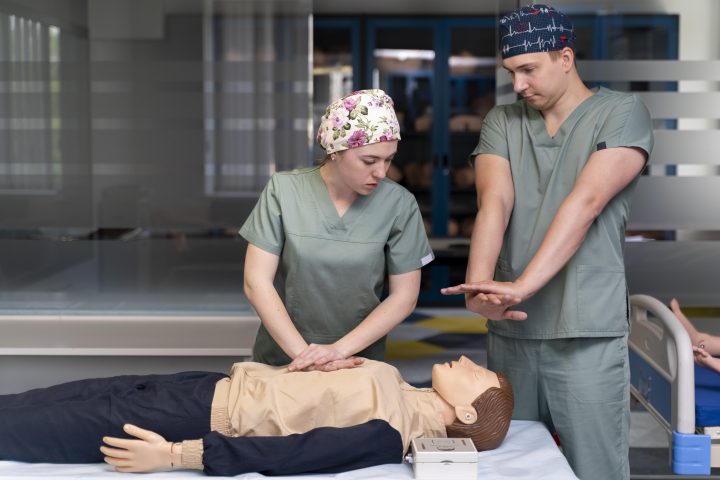Whether you’re a seasoned healthcare provider or a new nurse gearing up for critical care, ACLS (Advanced Cardiovascular Life Support) is a must-have certification that can feel a bit intimidating at first. But don’t worry—ACLS class is designed to equip you with the confidence and skills needed in life-or-death situations. So, what’s a day in ACLS class really like? Let’s walk through it!
1. Welcome & Orientation
The day usually kicks off with introductions—of the instructors, the class objectives, and your fellow students. Expect a brief overview of the course layout, the materials you’ll be using, and the schedule. You’ll likely receive a manual if you don’t already have one and maybe a pre-test to gauge your knowledge base.
💡 Tip: Reading the manual beforehand can make the class much easier to follow.
2. Review of Basic Life Support (BLS)
Before diving into advanced topics, instructors often review BLS techniques like high-quality CPR, AED use, and effective team dynamics. Even if you’re BLS-certified, brushing up on these fundamentals helps set the stage for more complex interventions.
3. Rhythms, Drugs & Algorithms
Here’s where the real ACLS training begins. You’ll go over:
- Common cardiac rhythms (like VFib, VTach, Asystole)
- ACLS drugs (e.g., epinephrine, amiodarone, atropine)
- Step-by-step algorithms for managing cardiac arrest, bradycardia, tachycardia, and more
This is a mix of lecture, Q&A, and hands-on ECG rhythm interpretation practice.
4. Hands-On Practice
Don’t expect to just sit and listen all day—this is where the action happens! You’ll rotate through stations to practice:
- Running a code with a team
- Defibrillation and synchronized cardioversion
- Airway management (using bag-valve masks, advanced airways)
- IV/IO access and medication administration
Simulations are realistic and designed to mimic actual emergencies. You’ll switch roles (team leader, compressor, airway, etc.) so you get a well-rounded experience.
5. Megacode Practice
This is one of the most important parts of the class. You’ll run through a full cardiac arrest scenario from start to finish with your team. This helps you apply everything you’ve learned: assessing rhythms, choosing the right algorithm, administering drugs, and coordinating as a team.
😰 Nervous? That’s normal—but instructors are there to guide and support you, not to trick you.
6. Written & Skills Testing
At the end of the day (or sometimes spread over two days), you’ll complete a written exam and a hands-on skills test (your “Megacode” evaluation). To pass, you’ll need to:
- Demonstrate knowledge of ACLS algorithms
- Accurately interpret ECG rhythms
- Effectively manage a simulated cardiac emergency
Once you pass—congrats! You’ll receive your ACLS certification, typically valid for two years.
Final Thoughts: What to Bring & How to Prepare
- Bring: Your ACLS provider manual, a notepad, pen, snacks, water, and maybe a light sweater (rooms can get chilly!).
- Wear: Comfortable clothes—you’ll be kneeling and moving during simulations.
- Prepare: Complete any pre-course assessments, study your algorithms, and review common ECG rhythms.
Taking ACLS is intense, but also incredibly rewarding. By the end of the day, you’ll walk away with the tools to save lives and the confidence to lead in a crisis. And trust us—you’ll feel proud of yourself when you do.


